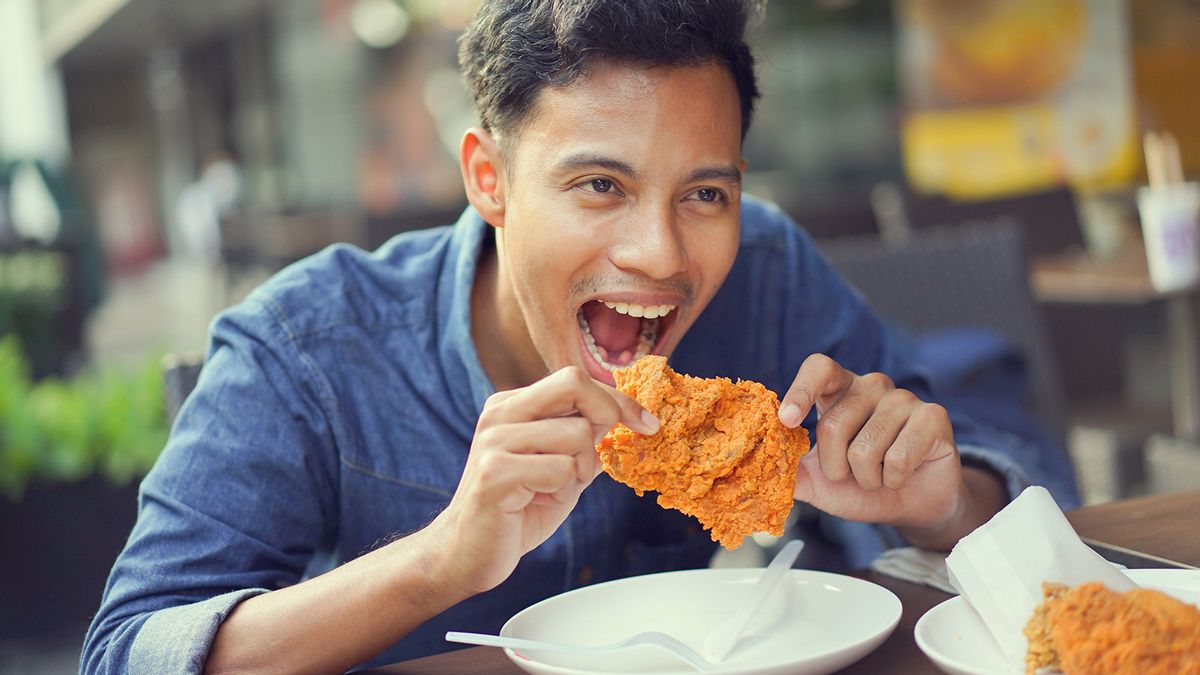Would you agree if I say beetroot is a shade of red? And that it tastes sweet, smells moist, feels dense and sounds crunchy? It takes all five senses to experience food in its entirety. No kidding. This is science.
In truly enjoying food, the nasal-oral link is obvious—we can’t possibly eat anything that doesn’t smell good. But how about the texture, the appearance and the sound even?
Gastronomy is a truly complex science. A new crop of researchers is coming up with evidence that shows that not just the smell and the taste (obviously) that determine our eating experience; the look and the texture of the food and even the sound around can have a bearing on our dining experience. Neurogastronomy or the science that tells how our brain behaves while registering flavours of food is now a thing.
The new revelation that it is not just your tongue that does the talking when it comes to appreciating food has paved way for a new culinary culture where the appearance of a dish, both visual and kinaesthetic, claim equal importance as the olfactorial and gastronomical quality of it.

Feasting with eyes
The first-century Roman gourmand Apicius said that “we eat with our eyes first”. How true! It takes only a few episodes of Masterchef Australia or The Great British Bake Off (No, not Hell’s Kitchen) to make your tummy rumble and your brain to cajole you to raid the kitchen or dial a food delivery app.
One key role the brain does is helping us in forging and feeding. There is so much food around us that researchers are beginning to wonder if our brains are equipped to process the contemporary food landscape. One of the reasons for increasing obesity among people, especially kids, is believed to be the abundance of desirably presented food everywhere. Foodporn or gastroporn on social media and other digital interfaces are making people very hungry. Visual hunger is real. So is digital satiation.
Now look for a picture of a decadent moist truffle cake with warm chocolate sauce oozing from the sides. Can you resist a trip to the nearest dessert store? I bet not!
The colour and the size of the plate where the food is served play a key role in determining our food experience. If the food blends with the colour of the plate, you tend to eat more. If the plate is large in size, you misjudge the portion size only to eat a lot more than required. So, if you want to control the portion size of your food, serve it on a small plate of a completely contrasting colour.
Lead by the smell
How much of what we taste is actually the work of the tastebuds? It’s said that humans can identify up to 4,000 flavours. This could mean that about 90 per cent of what we think of as taste actually results from the stimulation of olfactory receptors. While this theory has not been proved conclusively, it is beyond doubt that when it comes to the taste of food, smell plays a significant role in appreciating it.
Did you know that the smell of the food can even determine the size of the food portion? New research published in the journal Flavour shows that strong aromas lead to smaller bite sizes. The research also suggests that it may be possible to control portion size with aroma.
A lot in the right touch
How do you know that a packet of crisps is fresh? If it’s soft, would you still eat it? The texture is a strong indicator of the desirability of food. If the ice cream is not creamy enough or if the chocolate doesn’t melt in the mouth quickly, would we enjoy them as much? There are textures like “slimy” or “rubbery” that make food particularly disinteresting. Now you know why bhindi or tinda never scored well on the dinner table.
A new study published in the Journal of Consumer Research indicates that people perceive foods that are either hard or have a rough texture to have fewer calories. The authors of the research have indicated that “understanding how the texture of food influences calorie perceptions, food choice, and consumption amount can help nudge consumers towards making healthier choices”.
The right sound of food
While the effect of smell and texture on eating experience is quite obvious, how do you think sound influences our eating experience? When you bite into a fresh-looking apple and if it doesn’t produce that juicy crunchy sound, would you consider it as fresh? Not just that, restaurants these days are playing the kinds of music that are believed to enhance the dining experience. Why do you think a bar always has loud, thumping music playing while a fine dining restaurant has them mellow and soulful?
Studies have shown that loud music and noise encourage people to drink more because the brain takes more time to register the alcoholic content in the drink. Mellow music has a calming effect that can also enhance the taste of the food. Taking cues from these, there are restaurants that play the soft sound of the sea while serving Mediterranean food and traditional Japanese instruments while serving Japanese food.
Well, it appears that enjoying food is a lot more nuanced than it was earlier thought to be.


